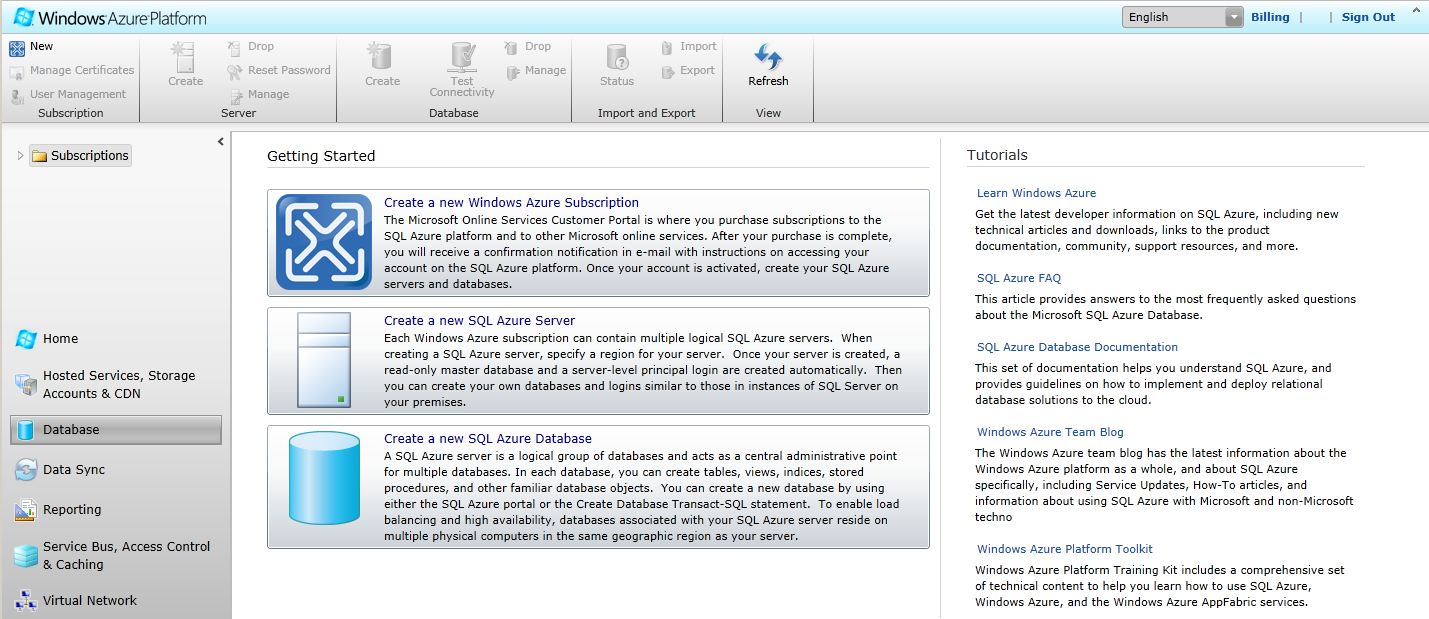SQL Azure Import/Export Service
Cirrus clouds are certainly beautiful but “the cloud” within technology is truly a wonderful thing. It offers so much versatility and almost limitless possibility that it’s now become a focal point when talking about development (new or migration). It’s great to have the ability to scale out web services, enable single sign-on via access control, create distributed caching mechanisms, etc. but one fly in the ointment, so to speak was around the backend, specifically databases.
That ointment is now clean since the newly introduced SQL Azure Import/Export Service production service helps organizations deploy on-premises databases to SQL Azure, and archive SQL Azure and SQL Server databases to Windows Azure Storage. Key improvements in the new production release include:
- Increased performance & resiliency
- Progressreporting
- Selective Export
- Production support
- New Import/Export Client Service
This service is provided free of charge to customers using SQL Azure and Windows Azure Storage. For more information and great step-by-step video tutorials visit the DAC blog.
But wait, there’s more! If importing/exporting SQL databases don’t fit the bill, how about data synchronization between multiple on-premises databases and SQL Azure cloud databases? Well I’m glad to say that this is now available using SQL Azure Data Sync. Although still in the preview phase, never the less it adds tremendous value if a hybrid solution is necessary or if you want to sync data between SQL Azure databases. A refresh of this preview was just announced and some of the highlights are:
- Data Sync servers can now be created in all Windows Azure data centers, enabling Data Sync servers to be created close to the SQL Azure databases for the best possible performance.
- The Data Sync section of the Windows Azure portal is now localized in ten languages.
- Miscellaneous fixes and numerous usability improvements
I’ll also mention that the Storage Explorer is a must have tool for inspecting and altering the data in your Windows Azure Storage. And since we’re on the topic of data, if you haven’t seen or heard about the Data Explorer project, then this is an opportunity to learn more about it.
Finally, if you’re looking for the Azure SDK or any other tools, definitely visit the Azure downloads page as it’s the one-stop shop for all Azure related installs.
